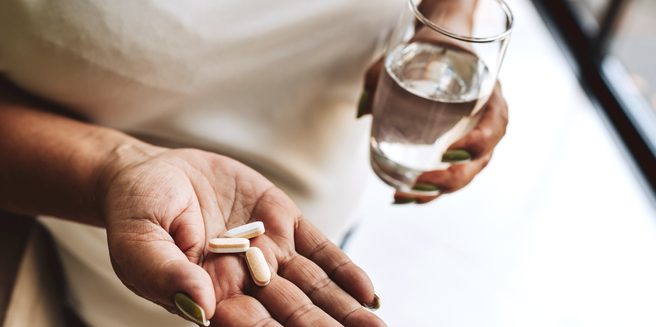The following is the summary of “Improving Continuous Glucose Monitoring Uptake in Underserved Youth with Type 1 Diabetes: The IMPACT Study” published in the December 2022 issue of diabetes technology and therapeutics by Lin, et al.
Continuous glucose monitoring (CGM) has been shown to lead to better diabetes management. Disparities exist between minorities and teenagers with lower socioeconomic status when it comes to the usage of CGM among young people with type 1 diabetes (T1D). Researchers wanted to see if offering free trial CGMs would encourage more people to start using them on their own. T1D kids were given a trial CGM at the point of care, together with CGM education and app configuration.
CGM data and motivation to continue use were evaluated in follow-up conversations at 5 and 10 days. CGM use, CGM data, and A1c were trackd of 3 to 6 months. At enrollment, 10 days, and 3 months, participants filled out surveys. The differences between the 2 periods were analyzed. Out of the 26 Type 1 diabetic who participated, 15 had never used a continuous glucose monitor before, whereas 11 had used one in the past. There were 65% males, 42% Blacks, 12% Hispanics, 65% people enrolled in Medicaid/Medicare, and 43% with annual family income of less than $50,000. The mean age was 14.1± 2.9 years old. The mean A1c at diagnosis was 10.7%± 2.4%, and the median time someone has had diabetes was 4.6 years (IQR: 2.4-7.7).
At the 3-6 month follow-up, 76% of individuals had obtained a personal CGM, and 43% were using it; 85% of people who used a trial CGM indicated desiring to use one afterward. Even though neither A1C nor time in range improved, participants saw an increase in the perceived benefits of CGM use (4.0 vs. 4.3, P=0.03). It is concluded that providing a free, working CGM at the point of care can increase the number of patients who decide to purchase their own CGM and may help reduce existing discrepancies in CGM use among minority and underserved kids. Similar therapies may affect glycemic control and patient outcomes, but this must be studied over the course of many years.












Create Post
Twitter/X Preview
Logout